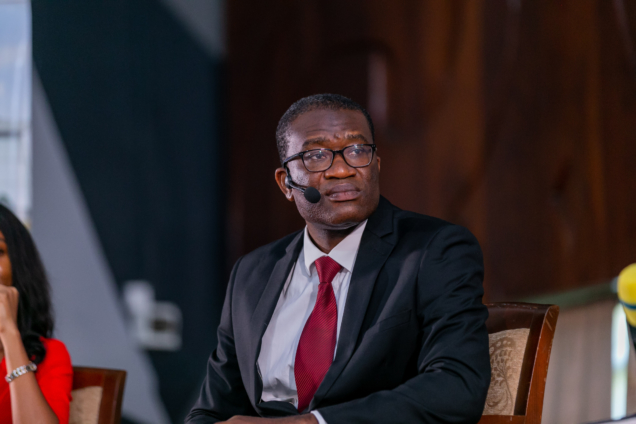A research by the Center for Economics Finance and Inequality Studies (CEIS) has indicated that if the rate of the Electronic Transaction Levy (e-levy) had been revised to 0.5%, and 54% of the existing active users patronise “Mobile Money” transactions, the expected revenue for this year will have been a little above ¢2.64 billion.
This estimate is greater than the total revenue the government anticipates from the e- levy for 2022. The anticipated revenue from the e-levy for the year 2022 was ¢6.96 billion or $1.15 billion, which was later revised to ¢4.5 billion and again to ¢611 million.
The report revealed that based on the standard law of demand, if the relative price decreases from 1.5% to 0.5% e-levy, the quantity demanded of “Mobile Money” transfers will increase.
Therefore, the government would be better off reducing the e-levy to 0.5% instead of the present 1.50%.
The report also forecasted a 21.4% rise in the total revenue to about ¢3.20 billion in 2023 and about ¢3.63 billion in 2024.
“In 2024, we expect the projected revenue to reach ¢3.635 billion. The forecasted revenue is expected to
reach ¢4.043 billion by 2025 which will be greater than the government’s expected revenue for the same period.”
It warned that keeping the e-levy rate at 1.5% will deprive the government from generating more revenue from the tax.
Many Mobile Money transactions avoiding E-Levy
It cited an example that in many commercial transactions, the parties involved negotiate based on a “gentleman’s agreement” where the sender deposits cash into the wallet of the receiver through a “Mobile Money” merchant account to avoid the payment of its corresponding e-levy charge.
“In many commercial transactions, the parties involved negotiate based on a “gentleman’s agreement” where the sender deposits cash into the wallet of the receiver through a “momo” merchant account to avoid the payment of its corresponding e-levy charge.”
Initial revenue estimate of ¢4.5bn overambitious
In conclusion, it said the e-levy is a good tax handle that must be maintained considering the dire fiscal stance of the country.
It however added that the initial revenue estimate of ¢4.5billion at 1.5% is overambitious and has the potential of negatively affecting Ghana’s Cash-Lite Agenda.
Again, the strategy of using the e-levy as a conduit to get the informal sector to contribute to national revenue has failed, as the informal sector is the most active group exploiting the current e-levy loopholes.
Similarly, the growth in the number of active mobile money agents has been on a decline. However, the
growth rate for the active agents has been higher compared to the active mobile money customers
Latest Stories
-
Mobus CEO apologises to Nigerian Police over Abuja land row, distances firm from protest at Nigerian High Commission in Accra
3 hours -
Experts urge institutionalisation of evidence-based health policies in Ghana
3 hours -
Government to convert National Cathedral site into National Cultural Convention Centre
4 hours -
Former Sports Minister Mustapha Ussif loses sister
4 hours -
Ayoum community appeals for fixing of collapsed bridge to ease commuting
5 hours -
Full text: Mahama’s speech at the Post-Election Evaluation Dialogue
5 hours -
Kumasi: 545 police personnel pass out to support 24-hour economy
5 hours -
No Ghanaian child will be denied tertiary education because of fees – Mahama
5 hours -
Ghana, U.S. reaffirm strategic ties at 249th Independence Day celebration
5 hours -
Full text: Mahama’s speech at launch of No Fees Stress policy
5 hours -
President Mahama promises justice for electoral violence victims
6 hours -
JoyNews Impact Maker awardee nominated for Global Citizen Waislitz Award, vote for him to win $100,000
6 hours -
Partey has fully cooperated with police throughout three-year investigation – Lawyer Jenny Wiltshire
8 hours -
Thomas Partey denies all the charges against him – Partey’s lawyer Jenny Wiltshire
8 hours -
Labena unveils new album “Life in Roses” at Bayview Village
8 hours

